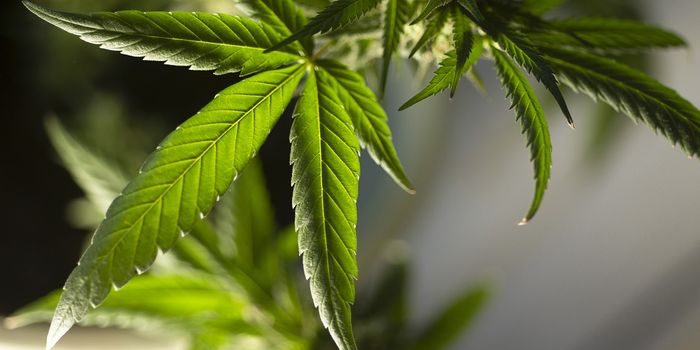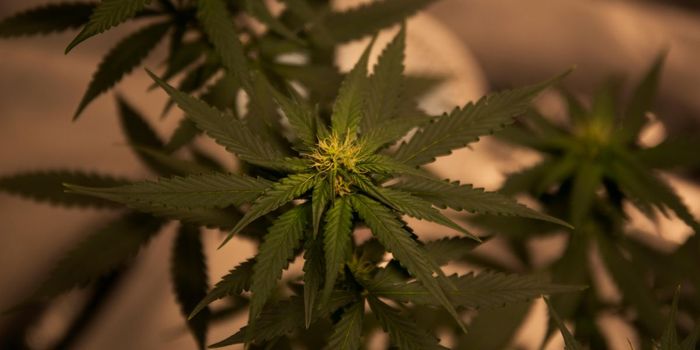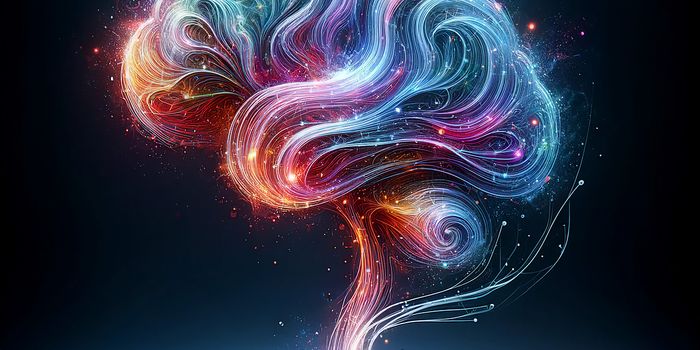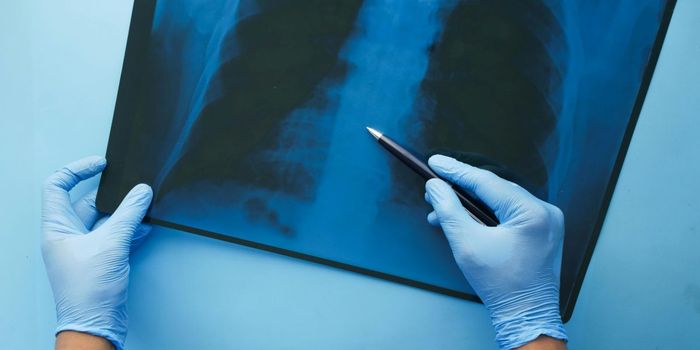Cannabis Provides Relief from Headache and Migraine Pain
Innovative technology allowed researchers to conduct the first-ever study of cannabis use for the treatment of headache and migraine pain in real-time. With the help of a mobile application where patients can record their symptoms and timestamp their cannabis consumption, researchers observed strong associations between cannabis use and pain relief.
Researchers report that the present study is indeed the first to use “big data” in “real time” from headache and migraine patients using cannabis. This is compared to studies based on the recollection of past cannabis use and studies utilizing synthetic cannabinoid drugs.
"We wanted to approach this in an ecologically valid way, which is to look at actual patients using whole plant cannabis to medicate in their own homes and environments," explained lead author Carrie Cuttler.
Cuttler and her team utilized archival data from an app called “Stainprint,” where patients can track symptoms in real time, before and after using cannabis for headache or migraine pain. Participants in the study were those who had purchased medical cannabis from Canadian producers and distributors. This included 1,300 patients using the app more than 12,200 times to record cannabis effects on headache and 653 patients using the app more than 7,400 times to record cannabis effects on migraine.
The results showed that inhaled cannabis reduced self-reported headache severity by 47.3% and self-reported migraine severity by 49.6%. Unlike conventional treatments for headache and migraine pain, cannabis use for pain relief showed no signs of “overuse headache,” which can exacerbate pain over time. However, analysis did show that patients tended to use larger doses of cannabis over time, potentially a sign that headache and migraine patients run the risk of developing a tolerance to cannabis and need progressively higher doses to achieve the same effect.
Interestingly, pain reduction was not affected by different cannabis strains with varying levels of tetrahydrocannabinol (THC) and cannabidiol (CBD), indicating it may be other cannabinoids or even terpenes which are responsible for the relief experienced by headache and migraine patients. Going forward, study researchers acknowledge that future studies are needed in an environment where researchers can install a control group.
Sources: Washington State University, Journal of Pain








